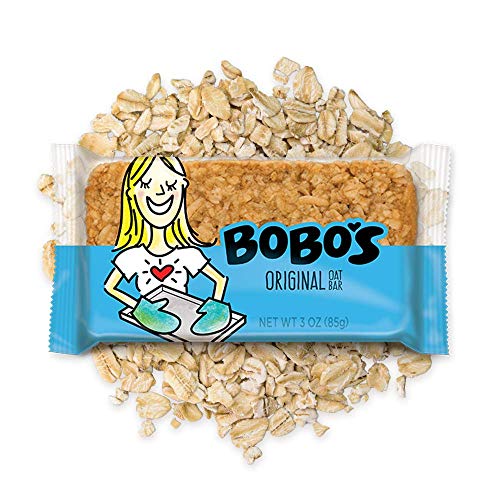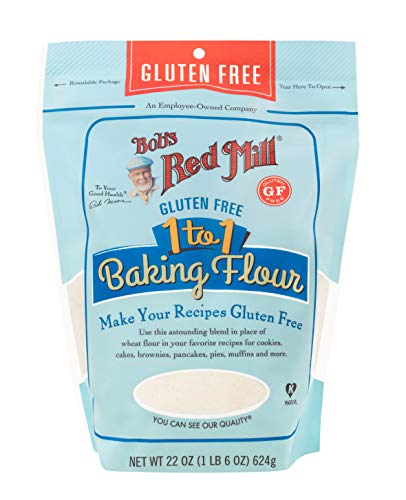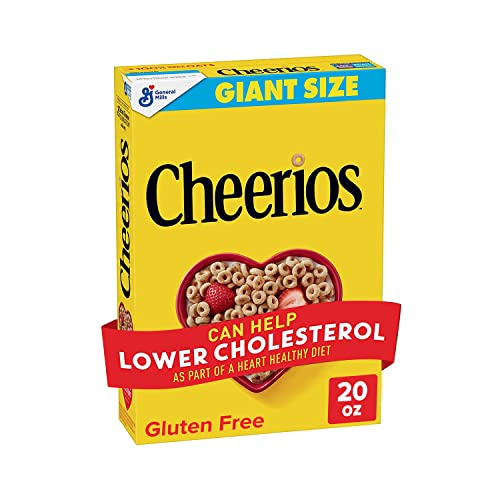Understanding Celiac Disease: A Comprehensive Guide to Diagnosis, Management, and Living Gluten-Free
Over the years, gluten has become an ever-growing topic in diet and nutrition. Once primarily discussed within professional nutrition realms, it is now common household jargon. While gluten avoidance has gained popularity as a dietary trend, especially for those with IBS/IBD, it is a medical necessity for individuals with celiac disease. This guide explores the autoimmune condition's causes, symptoms, diagnosis, management, and the latest research in treatment.
Recognizing the Symptoms of Celiac Disease: Beyond Gluten Sensitivity
Celiac disease is a serious autoimmune disorder that can cause significant discomfort and damage to the small intestine. Gluten, the main protein in wheat, barley, and rye, triggers an immune response in affected individuals. This response can lead to various symptoms, including:
- Gastrointestinal (GI) Symptoms: Fatigue, weight loss, bloating, diarrhea, constipation, abdominal pain, and anemia.
- Non-GI Symptoms: Decreased bone density, mouth sores, itchy, blistering skin rash (dermatitis herpetiformis), headache, joint pain, and neurological issues such as tingling, numbness, balance problems, and cognitive impairment.
Recognizing non-GI symptoms is crucial, as they can sometimes be the only indicators of celiac disease.
Understanding the Risks and Importance of Early Intervention
While the exact causes of celiac disease are unknown, it is understood that genetic, immunologic, and environmental factors play a role. Specifically, the presence of the HLA-DQ2 or HLA-DQ8 genes increases the likelihood of developing the condition. When individuals with celiac disease ingest gluten, their immune system mistakenly attacks the villi and microvilli lining the intestines, leading to malabsorption of nutrients.
Early intervention is vital to prevent long-term complications, such as malnutrition, osteoporosis, infertility, and certain cancers. Currently, the only effective treatment is a strict gluten-free diet, which helps manage symptoms and prevent further intestinal damage.
Diagnostic Tests: Blood Work and Biopsies
To diagnose celiac disease, a combination of medical history, physical examination, and specific tests is necessary. Blood tests are often the first step, checking for elevated levels of specific antibodies, such as tissue transglutaminase IgA (tTG-IgA), endomysial antibodies (EMA), and deamidated gliadin peptide (DGP). Elevated levels of these antibodies suggest an immune reaction to gluten.
If blood tests indicate celiac disease, a biopsy of the small intestine is typically performed during an endoscopy. This procedure involves inserting a small camera into the upper GI tract to obtain tissue samples. A skin biopsy may also be performed if a rash is present. Genetic testing can further support the diagnosis by identifying the presence of the HLA-DQ2 or HLA-DQ8 genes.
Living Gluten-Free: Managing Your Lifestyle
For many, the journey to a gluten-free lifestyle begins before a formal diagnosis. Once diagnosed, it is crucial to eliminate gluten from your diet entirely. This includes being vigilant about cross-contamination, especially if living with others who consume gluten.
Practical tips for maintaining a gluten-free lifestyle include:
- Label Reading: Always check food labels for hidden sources of gluten.
- Dining Out: Use resources like the FindMeGlutenFree app to find safe dining options. Call ahead to confirm menu details and cross-contamination practices.
- Traveling and Social Events: Plan and pack gluten-free snacks to avoid unexpected situations.
Living with celiac disease often involves educating family and friends about the condition and its dietary restrictions. Some may find it easiest to adopt a gluten-free lifestyle for the entire household to simplify meal planning and prevent accidental exposure.
Latest Research and Development in Celiac Disease Treatment
Research into celiac disease treatments is ongoing, with several promising therapies in clinical trials. These include enzyme therapies to break down gluten, vaccines to induce immune tolerance, and medications to modulate the immune response. While these treatments are not yet available, they offer hope for more effective management options in the future.
Currently, the only known treatment for celiac disease is a strict gluten-free diet. The increased awareness of celiac disease and gluten sensitivity has led to a broader availability of gluten-free products, with improved labeling standards and better quality. This makes it easier for those with celiac disease to lead a fulfilling and less restrictive life.
Conclusion
Living with celiac disease presents challenges, but with the right knowledge and resources, it is possible to manage the condition effectively. Staying informed about new research, connecting with support groups, and sharing experiences can make the journey easier. For more information, helpful guides, tips, and recipes, visit the Foodguides website. If you have any valuable tips to share, please add a comment below!
- Celiac disease. Celiac Disease | Spectrum Health Lakeland. (n.d.).
- Kagnoff M. F. (2005). Overview and pathogenesis of celiac disease. Gastroenterology, 128(4 Suppl 1), S10–S18.
- Mayo Foundation for Medical Education and Research. (2023, September 12). Celiac disease. Mayo Clinic.
- U.S. Department of Health and Human Services. (n.d.). Diagnosis of celiac disease - NIDDK. National Institute of Diabetes and Digestive and Kidney Diseases.






















Comments
Join The Conversation...